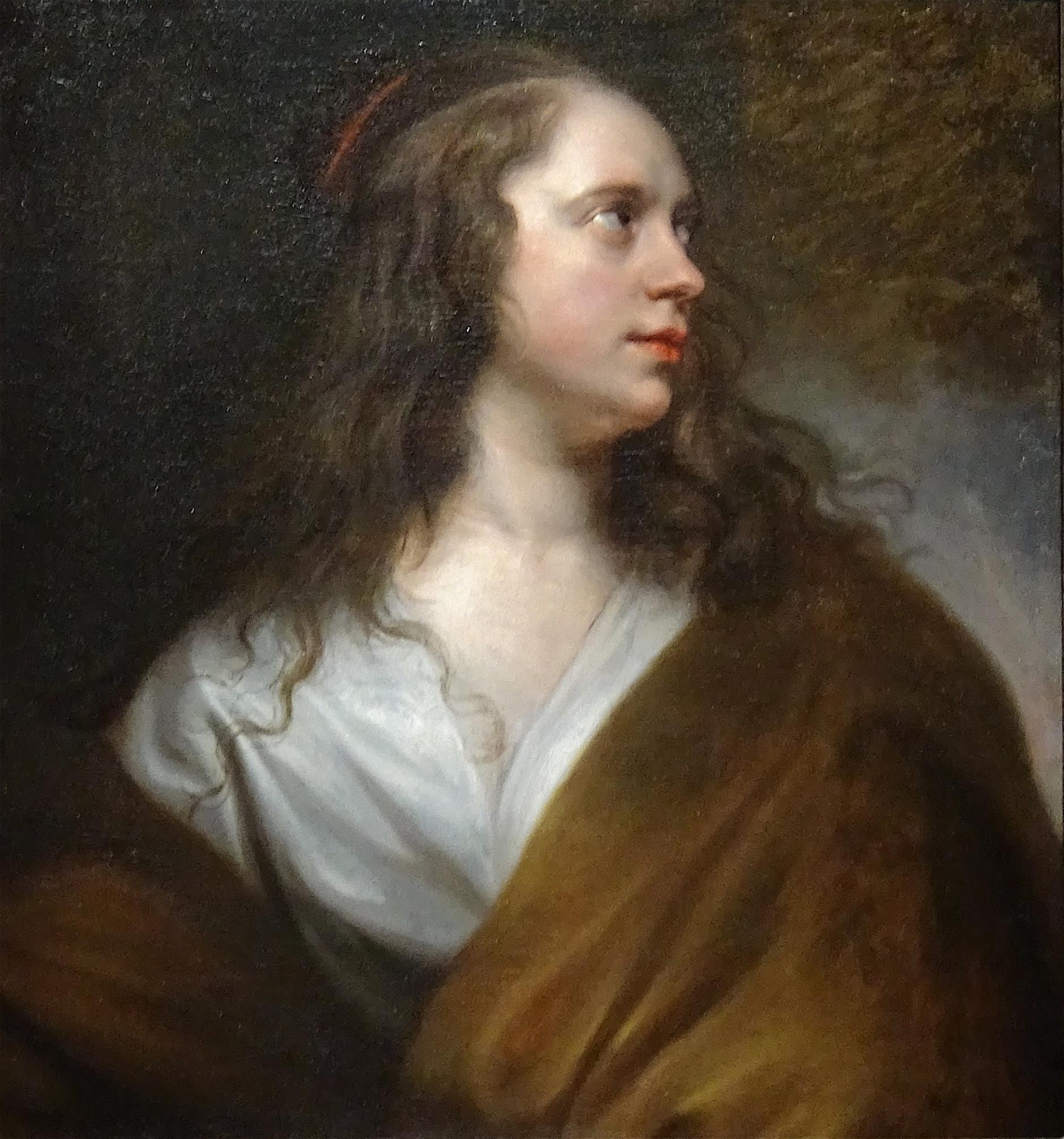The name Michaelina Wautier, or Woutiers, may not immediately ring a bell when thinking of renowned artists from the Southern Netherlands, but her story is a remarkable tale of rediscovery. It wasn’t until the 21st century that her work gained recognition as that of an exceptional female Baroque artist. Before this acknowledgment, her paintings were often mistakenly attributed to male artists, with her brother Charles being a frequent point of confusion.
What truly distinguishes Wautier from her contemporaries is her remarkable ability to explore a wide range of subjects and genres, a feat quite unusual for female artists during the Baroque era. In those times, female artists were typically limited to creating smaller works, with portraits and still-life paintings being the primary mediums of expression.
Wautier was born in Mons, Belgium, in 1604, and she was the only daughter among nine siblings. There’s a strong belief that she hailed from an affluent family, considering the depth of her work’s engagement with classical mythology and symbolism.
An intriguing aspect of Wautier’s artistic journey is that she didn’t embark on it until later in life, around the age of 39. Nonetheless, her talent quickly garnered attention. It’s possible that her brother Charles’s military connections played a role in her receiving a notable commission. She was tasked with painting a portrait of the aristocratic general Andrea Cantelmo. While the original painting has since disappeared, an engraving by Paulus Pontius attests to its existence.
In 1645, both Michaelina and Charles relocated to Brussels and shared a studio there. They remained unmarried and likely engaged in various business ventures, including real estate. While the specifics of their art training remain shrouded in mystery, their preparedness as artists is unmistakable.
Unfortunately, we have only limited biographical information about Wautier, and much of what we do know is based on scholarly conjecture and analysis of her existing works.
Wautier’s artistic repertoire was impressively diverse, encompassing a wide array of subjects, from history and religion to mythology. This is particularly noteworthy since, in an era when large-format paintings were typically the domain of male artists, Wautier gained recognition for her genre scenes, historical pieces, and intricately detailed flower garlands.
Her portfolio also includes a series of portraits, with her first self-portrait dating back to 1649. Intriguingly, this self-portrait was initially attributed to the Italian painter Artemisia Gentileschi. It remains one of Wautier’s most renowned works and was featured in the 1905 book “Women Painters of the World.”
Wautier was unafraid to explore masculine anatomy in her art, portraying it with precision. She was among the first female artists to boldly depict a nude male figure. Her painting titled “The Triumph of Bacchus” (1650) is often hailed as one of her most emblematic works. In this painting, she positioned herself within the lively crowd, standing as the sole character making direct eye contact with the viewer. The grand scale of this painting was particularly notable for a female artist of her era.

In stark contrast to many female artists of her time, Wautier enjoyed recognition during her lifetime. She notably sold four paintings to Archduke Leopold Wilhelm of Austria for his art collection, as documented in the collection’s 1659 inventory. However, her work gradually faded into obscurity after her passing in 1689.
Several factors contributed to the disappearance of her work, including misattribution, confusion with other female artists, and a significant gap between her last known painting in 1659 and her demise at the age of 85. Regrettably, unlike some of her contemporaries, her self-portrait was never reproduced as a print to preserve her memory.
Wautier’s legacy experienced a resurgence of interest in the 19th century, with her reputation gaining momentum in the 1960s. Most recently, in 2018, she was the focus of her first retrospective exhibition, marking a remarkable revival of interest in her exceptional body of work.












